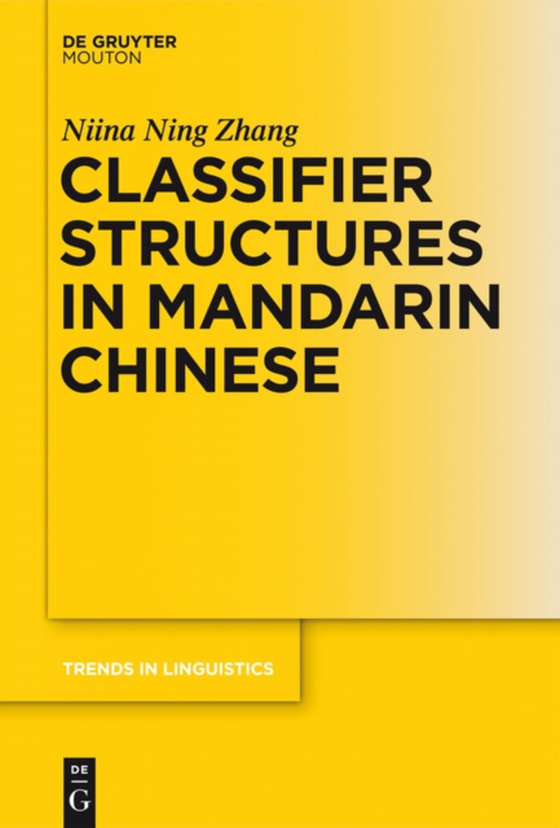
Classifier Structures in Mandarin Chinese e-bog
1167,65 DKK
(inkl. moms 1459,56 DKK)
This monograph addresses fundamental syntactic issues of classifier constructions, based on a thorough study of a typical classifier language, Mandarin Chinese. It shows that the contrast between count and mass is not binary. Instead, there are two independently attested features: Numerability, the ability of a noun to combine with a numeral directly, and Delimitability, the ability of a n...
E-bog
1167,65 DKK
Forlag
De Gruyter Mouton
Udgivet
28 maj 2013
Længde
331 sider
Genrer
Semantics, discourse analysis, stylistics
Sprog
English
Format
pdf
Beskyttelse
LCP
ISBN
9783110304992
This monograph addresses fundamental syntactic issues of classifier constructions, based on a thorough study of a typical classifier language, Mandarin Chinese. It shows that the contrast between count and mass is not binary. Instead, there are two independently attested features: Numerability, the ability of a noun to combine with a numeral directly, and Delimitability, the ability of a noun to be modified by a delimitive modifier, such as size, shape, or boundary modifier. Although all nouns in Chinese are non-count nouns, there is still a mass/non-mass contrast, with mass nouns selected by individuating classifiers and non-mass nouns selected by individual classifiers. Some languages have the counterparts of Chinese individuating classifiers only, some languages have the counterparts of Chinese individual classifiers only, and some other languages have no counterpart of either individual or individuating classifiers of Chinese. The book also reports that unit plurality can be expressed by reduplicative classifiers in the language. Moreover, for the constituency of a numeral expression, an individual, individuating, or kind classifier combines with the noun first and then the numeral is integrated; but a partitive or collective classifier, like a measure word, combines with the numeral first, before the noun is integrated into the whole nominal structure. Furthermore, the book identifies the syntactic positions of various uses of classifiers in the language. A classifier is at a functional head position that has a dependency with a numeral, or a position that has a dependency with a generic or existential quantifier, or a position that represents the singular-plural contrast, or a position that licenses a delimitive modifier when the classifier occurs in a compound.
 Dansk
Dansk

